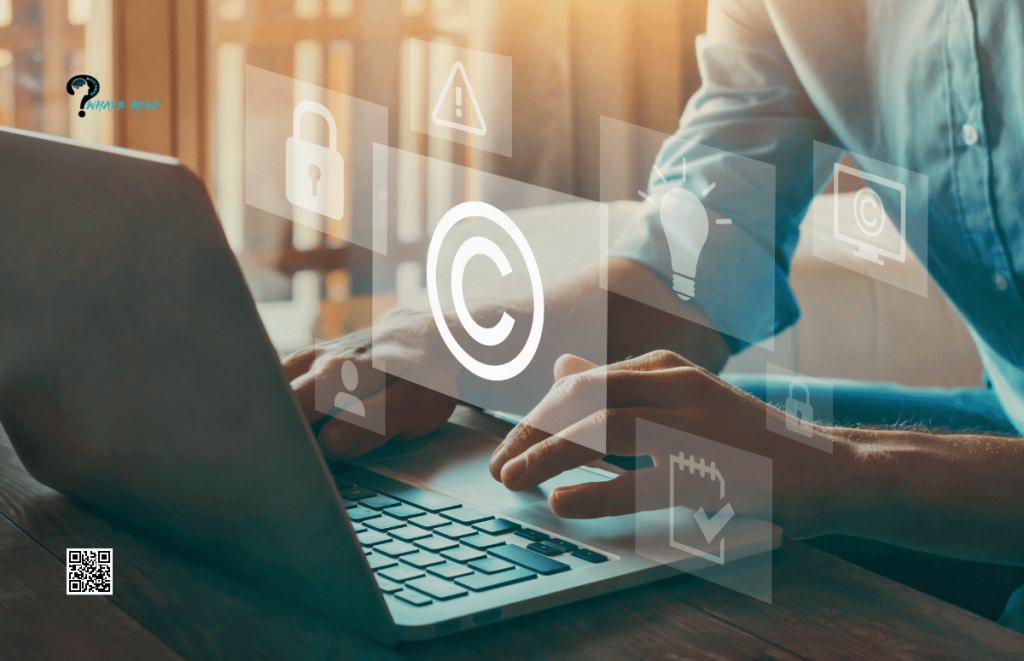Best Practice for Protecting Intellectual Property

Intellectual property (IP) is a valuable asset. The global IP market is valued at $5 trillion. But as you know, intellectual property can also be stolen and copied. You need to protect your unique ideas and creations to keep them safe from competitors and other parties who may want to use them without permission or payment. Here are some steps that you can take to make sure your IP is protected:
Table of Contents
What is Intellectual Property?
Intellectual property is a term that encompasses many different types of legal rights, including patents, copyrights, and trademarks. These are ways to protect the work you’ve done and the creations you’ve originated. Understanding how they differ from one another can help you decide which type of protection is right for your business.
The law defines intellectual property as “any form of intangible asset that has value because it provides an opportunity to make money or gain a competitive advantage.” The key difference between intellectual property and physical property (like land or buildings) is that physical things cannot be easily duplicated without great expense.
You can’t just make another house look exactly like mine. Intellectual creations can be replicated quickly and cheaply by anyone with access to them.
This means that companies invest heavily in protecting their IP so that they aren’t undercut by competitors who copy their work or ideas without paying royalties on them first; if left unprotected, this could lead directly into bankruptcy!
Why it’s Important to Protect Your IP
For a successful business, it is very important to protect the intellectual property. You want to protect your intellectual property because of it:
- Protects your business and brand. If you don’t protect your IP, competitors could copy it and use it for their own benefit. This could hurt your reputation, as well as make it harder for you to sell products or services in the future.
- Keeps employees happy and motivated at work by giving them something they can be proud of having created on their own (and thus boosting morale).
- Ensures that customers are getting the exact product or service they want from you, rather than being forced into purchasing something similar but inferior instead due to lack of availability due to someone else copying what they wanted originally!
Helps you stay competitive in the marketplace by allowing you to focus on creating new products and services rather than having to waste time and money protecting your existing ones.
How to Protect Your Intellectual Property
To protect your intellectual property, you must first decide which type of protection is appropriate for your business. There are three primary ways to protect intellectual property:
- Patent – A patent protects an invention that is new or novel, useful, and not obvious. Patents can also be obtained for plants and designs.
- Copyright – A copyright protects original works of authorship including literary works such as books, musical compositions, and computer software programs; dramatic works such as plays; pictorial arts such as paintings and photographs; motion pictures; other audiovisual works such as movies or television programs; sound recordings and architectural works like buildings or sculptures (but not their structural elements).
- Trademark – A trademark identifies the source of goods or services by distinguishing them from those produced or provided by others. For example, you may use a logo or slogan as your trademark. A trademark can be used in conjunction with other forms of intellectual property protection such as copyright and patent.
Identify Your Intellectual Property Assets.
To protect your intellectual property assets, you need to first identify them. A list of examples of intellectual property assets is available here.
To help you identify your company’s intellectual property assets and understand how they can be protected, we’ve put together a quick guide on how to do so:
- Identify what you own. This may include patents, trademarks, and copyrights (and more).
- Make sure that your IP is properly documented and registered with relevant authorities where required by law (e.g., the U.S. Patent & Trademark Office).
- Determine whether other parties could prevent or hinder the use or development of those rights through litigation or otherwise–for example by infringing on those rights through copying or imitation without permission from the owner (this is often referred to as “infringement”).
Use Intellectual Property Protection Software
Protecting your IP is a critical part of any business. It’s the best way to prevent others from stealing or infringing on your intellectual property, and it ensures that you can continue earning revenue from the products and services that make up your company.

In order to protect your intellectual property, it’s important to use software designed specifically for this purpose. This kind of software helps ensure that you don’t forget any assets when protecting them, allows for better identification of those assets so they can be protected more efficiently, and provides insight into whether or not someone is infringing on your rights.
It’s also important to note that you can’t just protect your IP. You have to actively maintain it. By doing so, you ensure that others don’t steal or infringe on your rights in any way and can continue earning revenue from them for years to come.
Best Way to Protect Intellectual Property
The best way to protect your intellectual property is through the use of intellectual property protection software. This software can help you identify which of your assets are protected by copyright, trademark, or patent. It also allows you to store important documents relating to these rights in one place so they’re always accessible when needed.
The importance of protecting IP cannot be overstated; businesses must take steps toward securing their ideas before they become public knowledge or fall into someone else’s hands by accident (or even through malicious intent).
Conclusion
The protection of intellectual property is key to the success of any business. It is important to protect your company’s trademarks and patents, as well as any other intellectual property that may be valuable to your organization.
For more related content, visit Whatsmind.com




